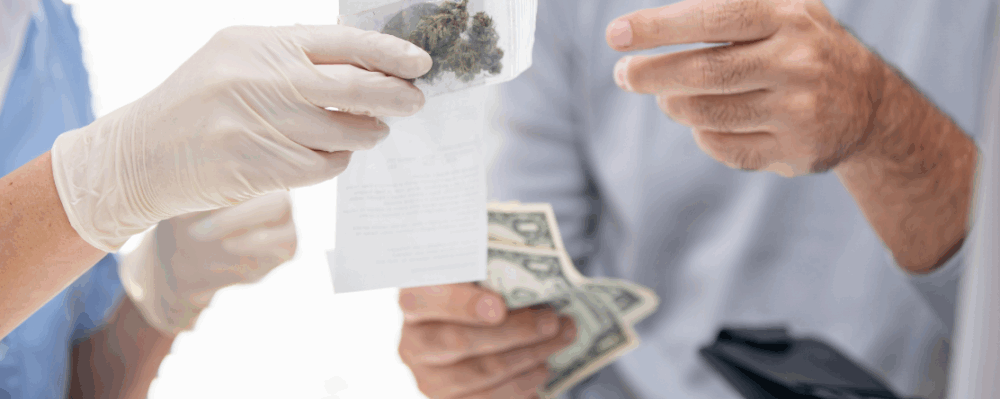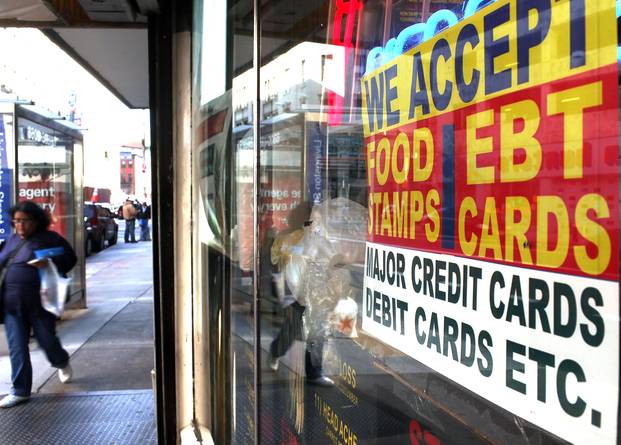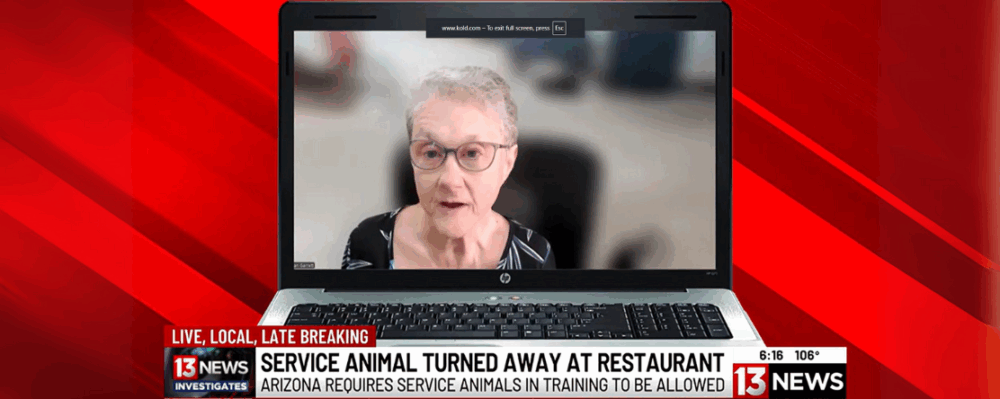
In the News
People on SNAP are some of Big Soda’s best customers — and biggest ad targets
-
Focus Areas
Chronic Disease Prevention, Healthy Communities -
Issues
Nutrition & Food Security -
Programs
Berkeley Media Studies Group

Have public health programs been subtly funding the soda industry? It appears so.
A November report from the United States Department of Agriculture revealed that American households benefitting from Supplemental Nutrition Assistance Program (SNAP) spent more SNAP money on soda than any other item. People on SNAP spent an average of 9.3% of grocery spending on sweetened drinks, and people not on SNAP spent an average of 7.1% on sweetened drinks in 2011, the report noted.
On the heels of the report, a bipartisan commission recommended that Congress remove some sugary beverages from SNAP, the Initiative on Food and Ag Policy reported in January 2016.
“I didn’t think [spending on soda] would be that high,” Marion Nestle — a professor in the Department of Nutrition, Food Studies, & Public Health at NYU — said in an email, explaining that soda and sweet beverages have become a cultural norm and are often consumed instead of water.
Sugary drinks are a class issue, Nestle noted. “Income and other factors make people vulnerable” when it comes to public health, Mari Gallagher, a food equity researcher, said in a phone interview, explaining that people who are eligible for SNAP often live in places where stores don’t always have affordable, healthy drink options.
SNAP dollars are often spent on junk, and food advertisers want to keep it that way.
“Marketers use every tool they have to aggressively target low-income folks,” Pamela Mejia, a senior media researcher at Berkeley Media Studies Group, said in an email. “Research shows that food and beverage marketers aggressively target low-income communities for the purchase of unhealthy foods.”
Why focus on low-income people? The reason is a bit paradoxical: “There’s lots of money to be made,” Mejia said. “Industry insiders openly acknowledge that ‘low-income America is the third-largest nation in the world’ in terms of buying power.”
Originally published by Mic
More Updates
Work With Us
You change the world. We do the rest. Explore fiscal sponsorship at PHI.
Support Us
Together, we can accelerate our response to public health’s most critical issues.
Find Employment
Begin your career at the Public Health Institute.



